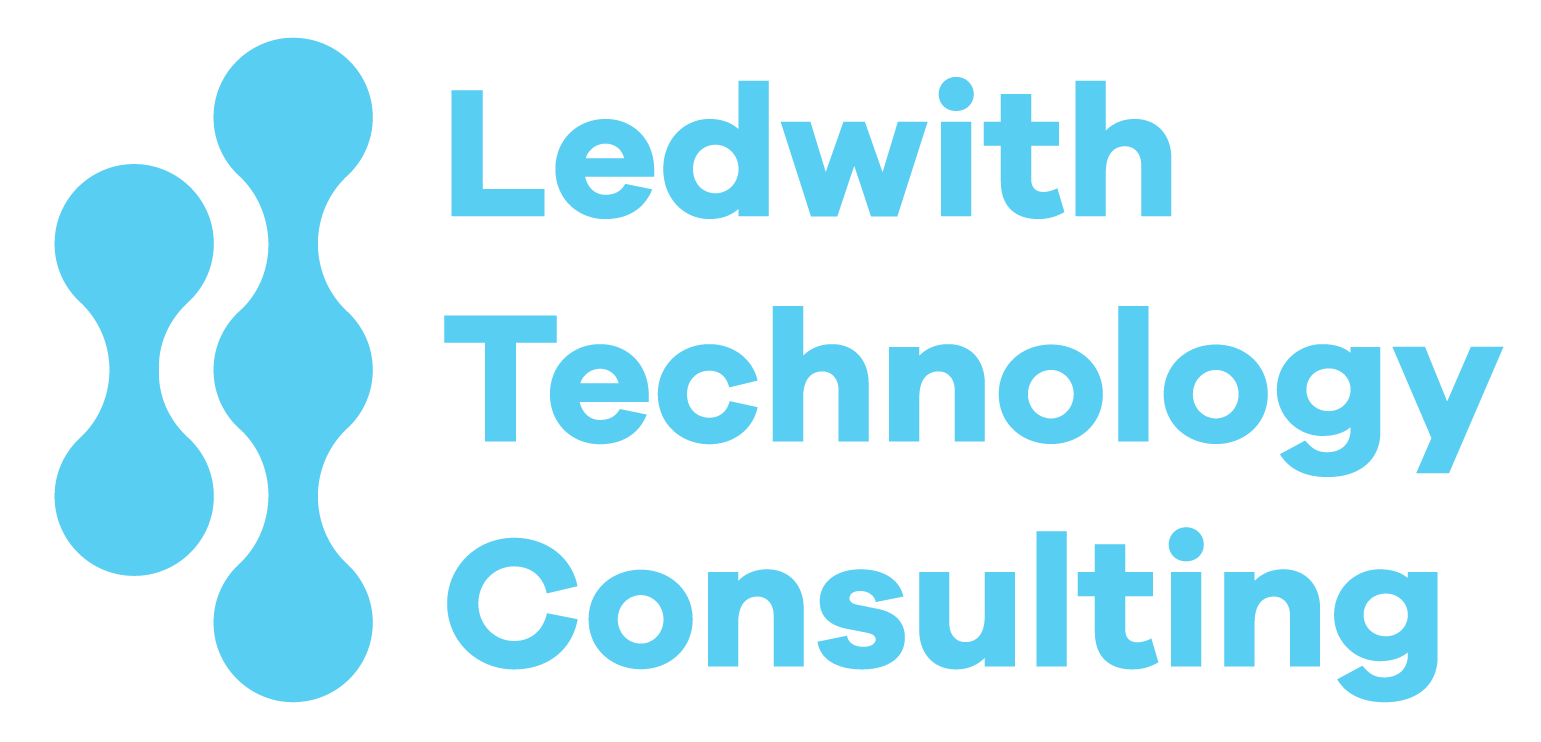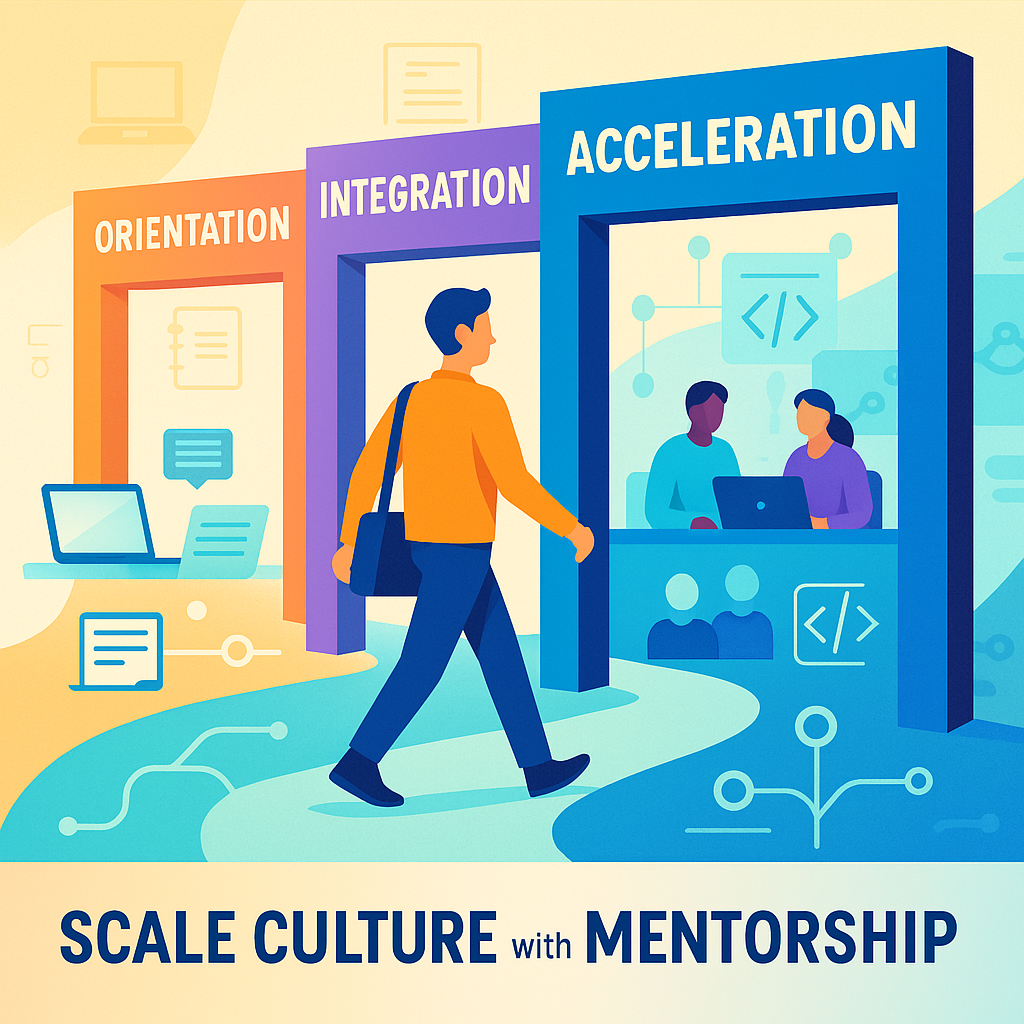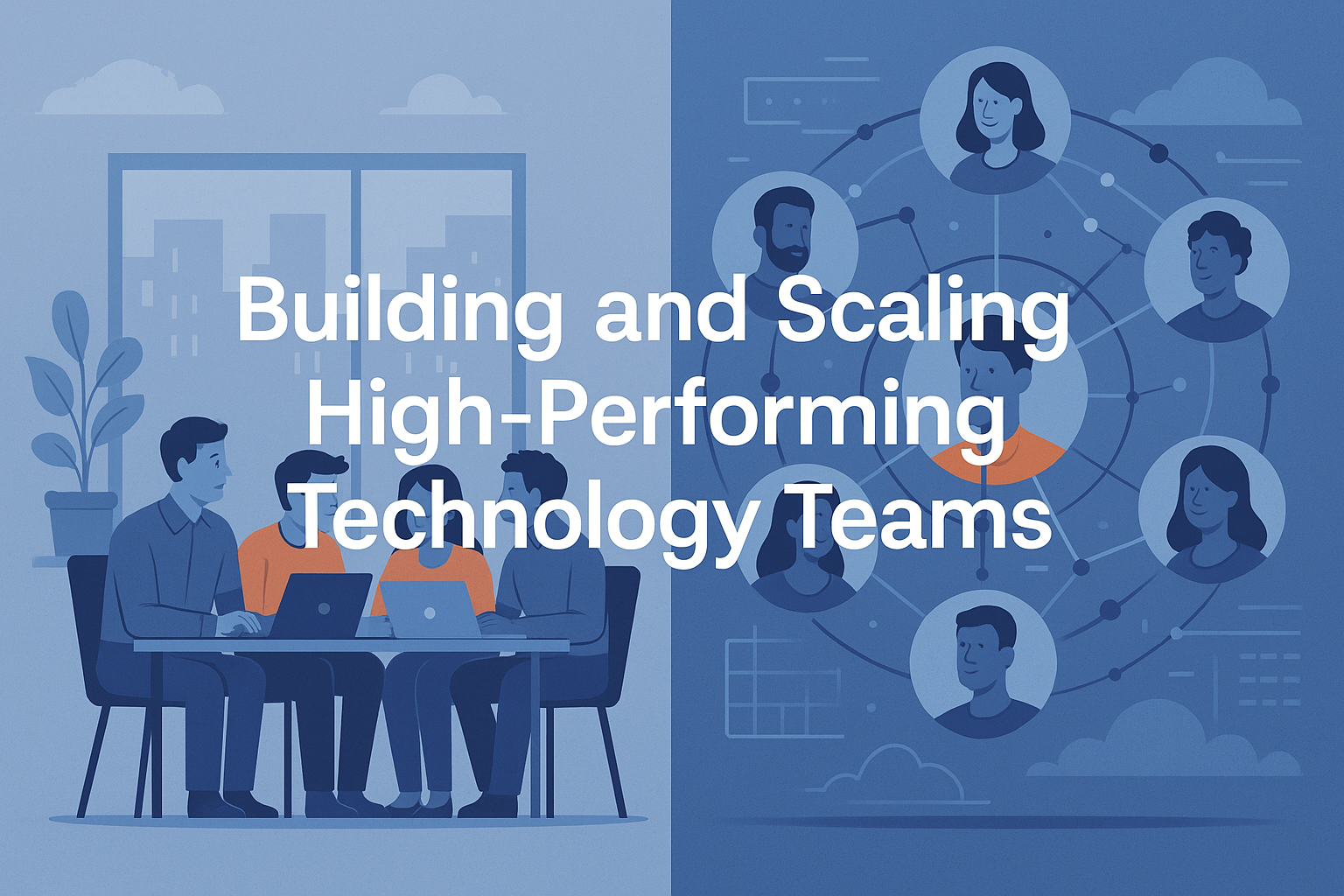How to Run Effective Architecture Reviews (Without Slowing Everyone Down)
Engineering orgs hit an inflection point when architectural decisions stop being tribal knowledge and start needing structure.
The question is: how do you review architecture without introducing committee-driven gridlock?
“Architecture isn’t a phase. It’s a conversation that never ends.”
— Stephen Ledwith
This post offers a pragmatic framework to run effective, lightweight architecture reviews that improve technical decisions, build alignment, and respect your team’s time.











